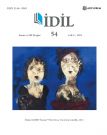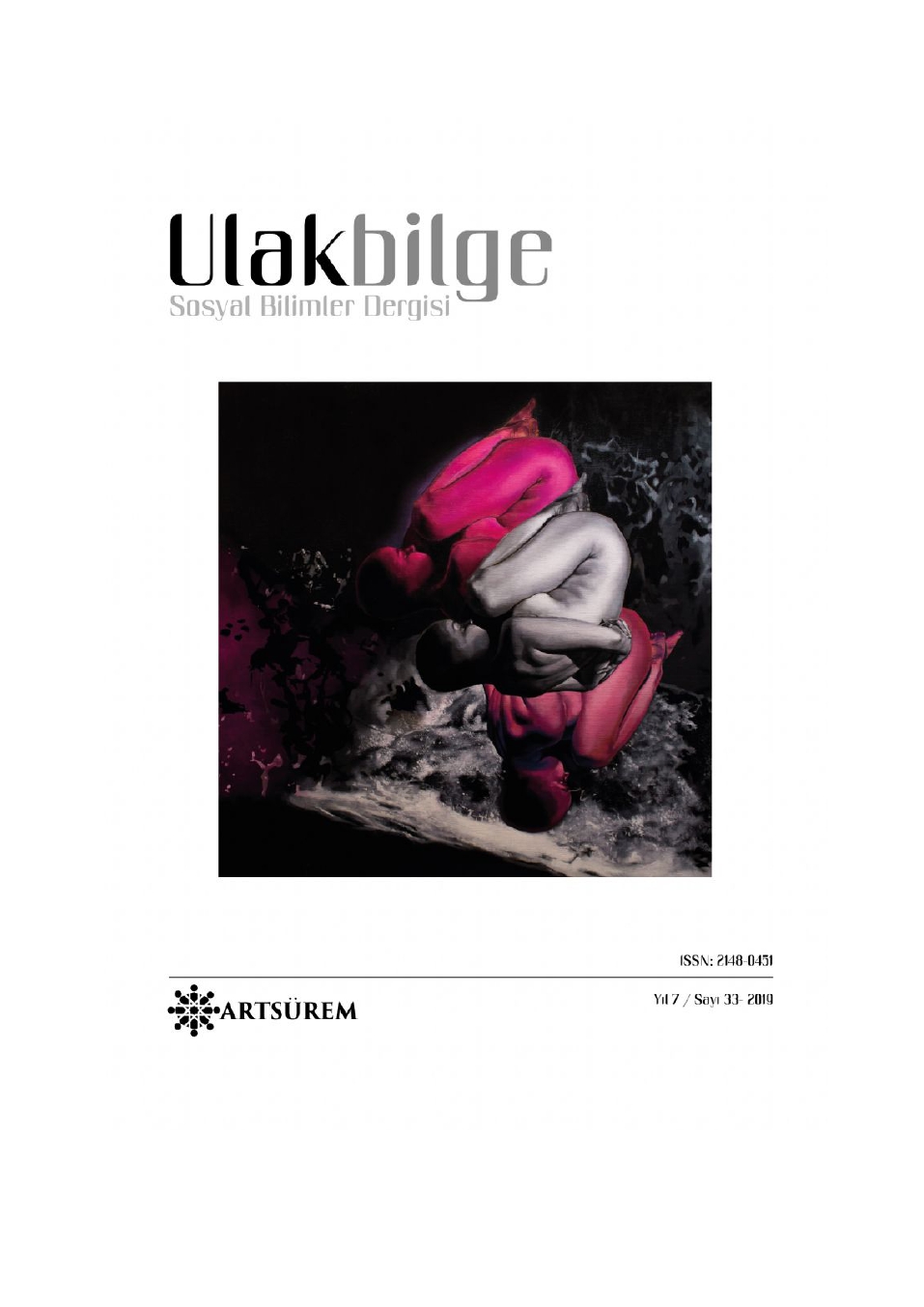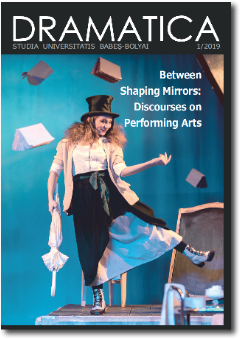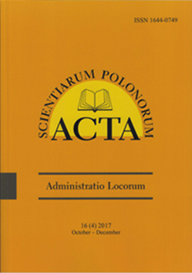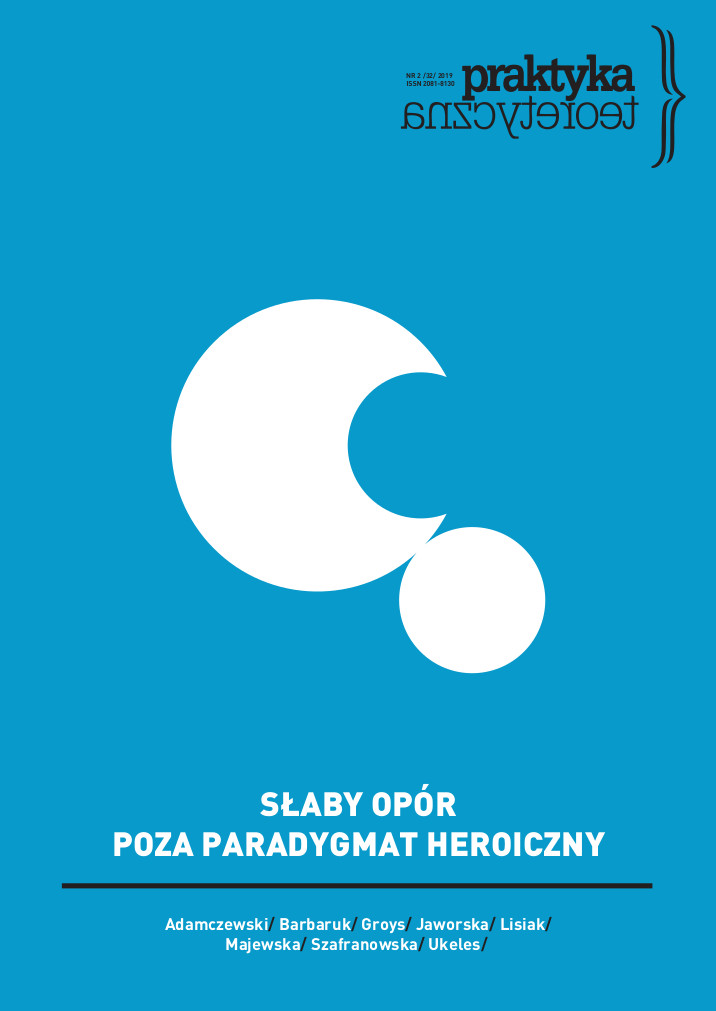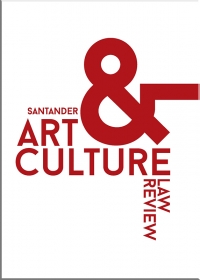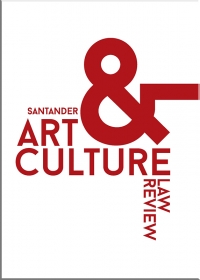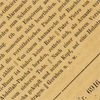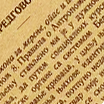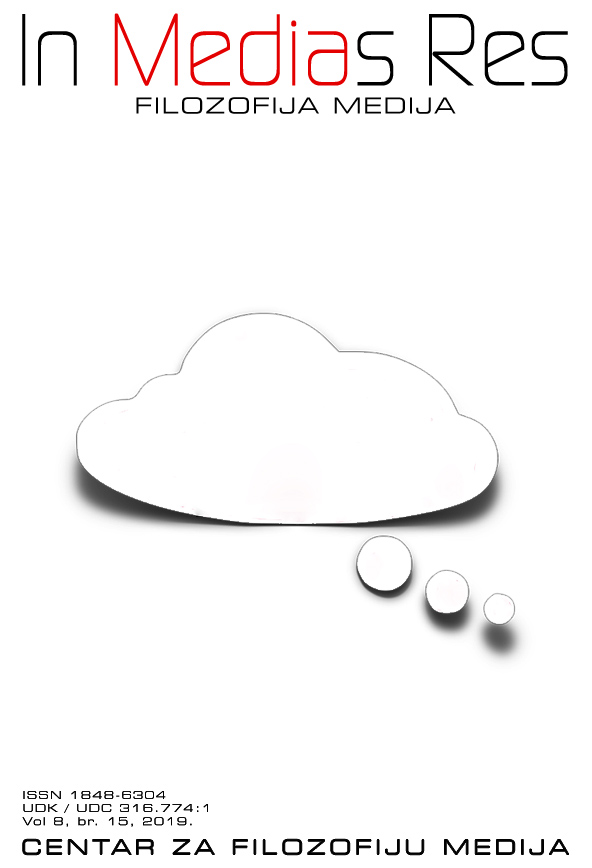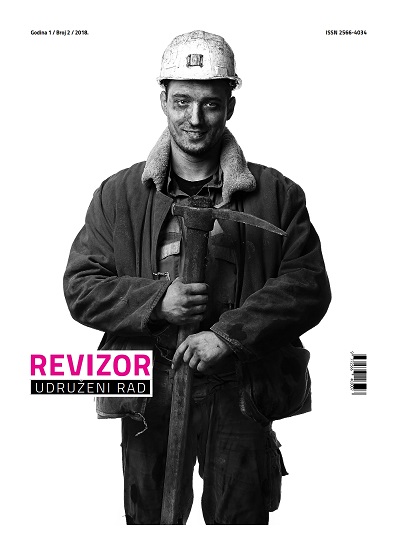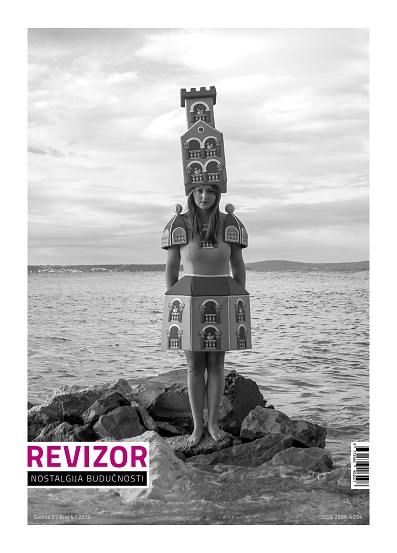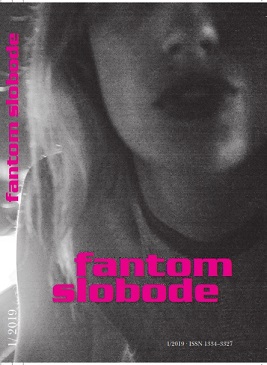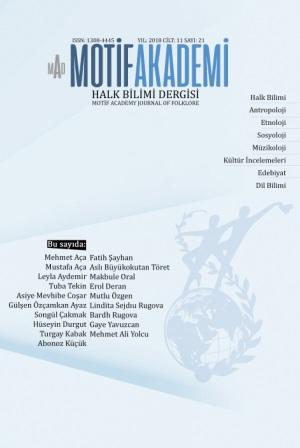
İRAN MÜZİK KÜLTÜRÜNDE KADIN MÜZİSYENLERİN SOSYOLOJİK DURUMUNA GENEL BİR BAKIŞ
Iranian music has been hosting a wide variety of musical cultures for centuries because of the cosmopolitan nature of the country. Within this diversity, the role of women in music has been suppressed, resulting in frequent chaos in the country. In women’s folklore studies, the socio-cultural structure of women is regarded as the basis for their behavior and actions. Provisions of Shari'a Law subject the behaviors and actions of women to male-Patriarchal authority. Yet there is much disagreement among Islamic scholars and authorities regarding the socio-cultural structure of Iran. It is seen that gender differences are influenced by culture, gender emerged in different forms in all societies, and increased awareness in this area has brought forth new models. This article examines the position of women in Iran, a patriarchal society that practices gender inequality , and advocates that we should focus on women’s socio-cultural issues. The writers questioning this great change in Iranian music culture have written articles on how women living in Iran are influenced by this change /transformation and their negative effects on their musical direction. Research for this article was carried out in the form of a literature review of the relevant authors' work, publications, and related considerations of the national / international media, and interviews with Iranian women who came to Van to make music.
More...
